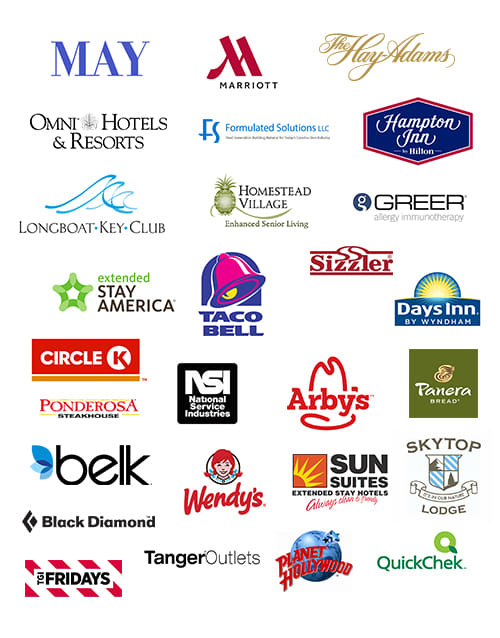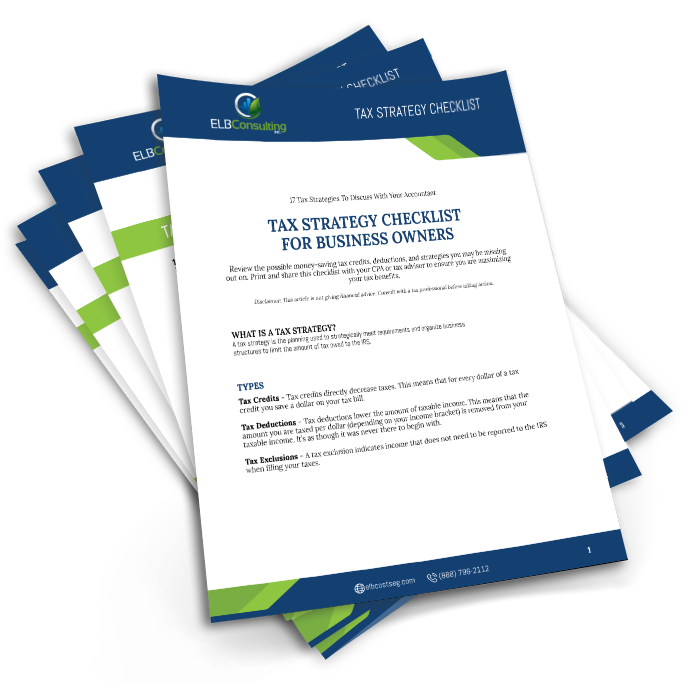I.R.S. guidelines offer many incentives to assist a business in growth and performance through either tax credits or tax deductions. Are you missing substantial CRE tax deductions? Are you failing to cash in on available federal tax incentives for energy-efficient structures or subsystems? Not benefiting from your R&D? Or perhaps not taking advantage of the WOTC employment tax credit?
The I.R.S. tax code offers a plethora of federal tax incentives to Commercial Real Estate (CRE) developers and owners, and business owners alike; just a few of which I will further discuss below.
Cost Segregation Accelerates Depreciation Deductions
A cost segregation identifies and reclassifies personal property assets to shorten the depreciation time for taxation purposes, which reduces current income tax obligations. The primary goal of a cost segregation study is to identify all construction-related costs that can be depreciated over a shorter tax life of 5, 7 and 15 years versus the buildings 39-year tax life, thereby increasing the tax deductions and improving cash flow.
Using an “engineered methodology”, something a CPA is typically not trained to do, the qualified 5, 7 and 15 year components of the structure can be documented and depreciated based on IRS guidelines, maximizing allowable deductions. By depreciating these assets more quickly, taxes are reduced during the early stages of a property’s life, releasing cash for operations or further investment.
Cost segregation is not a tax shelter. It is an I.R.S. defined and guided tax reduction tool. Ninety-percent of all commercial property investors are overpaying their federal income taxes”, The Journal of Accountancy
Tax Incentives Via the Energy Policy Act (EPAct)
In addition to cost segregation deductions EPAct 2005 energy incentives for developers of energy-efficient properties through the end of 2016; the 179D Commercial Tax Deduction and the 45L Residential Tax Credit. It may be extended again, but even though 12/31/2016 has passed, these benefits for past years are still available. EPACT 2005 looks at the building subsystems: Envelope, Lighting, and HVAC/Hot Water, with the goal of reducing the property’s carbon footprint.
- The 179D Energy Tax ‘Deduction’ can result in a deduction of up to $1.80 per square foot.
- The 45L New Energy Efficient Home Tax ‘Credit’, of interest to any developer of multi-family apartments provides up to $2,000 per residential unit that meets the energy efficiency standards
The 179D and 45L Certifications are still available retroactively for buildings or renovation projects that occurred on the past several years, and must be conducted by a specifically certified engineering firm.
Understanding the Research & Development Tax Credit
In case you missed it, with legislation enacted in December 2015, federal R&D Tax Credits have been made permanent and are retroactive. The R&D Tax Credit is a business tax credit for companies that incur research and development expenses pertaining to the further development of their products and services.
The R&D Tax Credit provides incentives for research and development activities by reducing the tax liability through a ‘tax credit’ (not a deduction) for companies that invest in research — which essentially lowers the after-tax cost of innovation activities. The tax credit is equal to a certain percentage of a business’ qualified research expenses (QREs). As a bonus, the R&D Tax Credit regulations will allow for eligible taxpayers the opportunity to “look back” to all open tax years (normally three years) for potential innovation and research credits that were not previously claimed.
Work Opportunity Tax Credit (WOTC)
The Work Opportunity Tax Credit (WOTC) is a tax credit available to employers who hire individuals from certain target groups that normally have barriers to employment. The WOTC is focused on building the labor force with qualified employees that may otherwise not get the same consideration as other candidates. Creating incentive to hire Veterans, Ex-felons and those who may be receiving government assistance helps our economy.
How you ask? 1) The WOTC can reduce an employer’s cost of doing business, and encourages job growth, 2) WOTC can reduce an employer’s federal income tax liability by as much as $9,600 per employee hired, 3) There is no limit on the number of individuals an employer can hire that can qualify to claim this beneficial tax credit, and 4) Some tax-exempt organizations may take advantage of WOTC to receive a credit against their employer’s share of Social Security taxes, by hiring eligible veterans.
Why not take advantage of the incentives offered by the government? These are not government hand outs, they are savvy tax strategy.
Perhaps 2017 is the year to consider one or more of these.
You may be missing out on tax benefits.
Own commercial property?
We can help you find smarter ways to depreciate your property and reduce your taxes. Tell us about yourself and we’ll see how much you could be saving.




